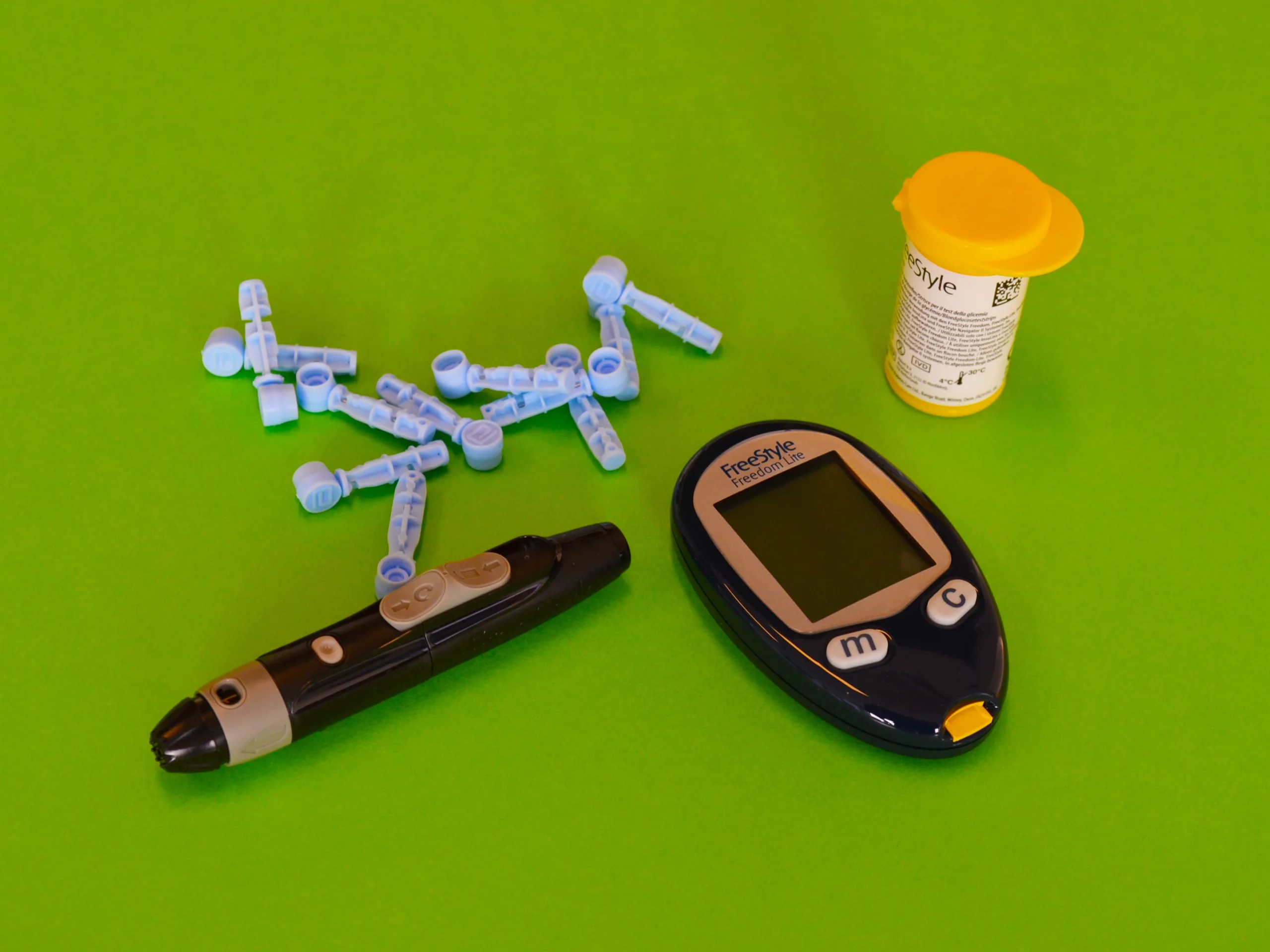Vaping Linked to Increased Prediabetes Risk

According to a recent study, e-cigarette users, both current and past, have a higher chance of acquiring prediabetes than people who have never smoked regular combustible cigarettes.
The research, which was released on March 2 in the American Journal of Preventive Medicine, looked at information from a nationally representative survey that included questions about smoking and vaping habits for more than 600,000 U.S. people. In addition, participants were asked if they had ever been informed by a healthcare professional that they had prediabetes, commonly known as “borderline diabetes,” which is a mild blood sugar elevation that increases the risk of developing type 2 diabetes but is not yet fully developed.
The study discovered that approximately 9% of e-cigarette users, both current and former, had prediabetes. Current e-cigarette users had a 22 percent higher risk of prediabetes than non-users, while previous users had a 12 percent higher risk.
Additionally, current vaping was linked to a 54 percent increased risk of getting prediabetes in those who had never smoked conventional cigarettes.
According to senior study author Shyam Biswal, PhD, a professor at the Bloomberg School of Public Health at Johns Hopkins University in Baltimore, “We were surprised by the findings associating prediabetes with e-cigarettes because they are marketed as a safer alternative, which we now know is not the case.”
The Centers for Disease Control and Prevention estimates that more over one third of adult Americans have prediabetes (CDC). When the body struggles to adequately utilise the hormone insulin to turn food into energy, blood sugar levels gradually increase. According to the CDC, having prediabetes raises your chance of getting type 2 diabetes, heart attacks, and strokes.
Blood tests can determine if sugar levels are just a little above normal, which would indicate prediabetes, or high enough to be considered type 2 diabetes. One typical test measures A1C, a type of haemoglobin that binds to glucose in the blood, to determine average blood sugar levels over two to three months. A1C scores of 5.7 percent and 6.4 percent on this test suggest prediabetes, whereas readings of 6.5 percent and more indicate type 2 diabetes.
The study’s reliance on survey responses rather than information from blood testing to determine who had prediabetes is one of its limitations. Researchers also lacked information on the types of cigarettes or electronic cigarettes individuals used, how frequently they indulged, and how much nicotine or other chemicals they were exposed to when smoking or vaping.
According to Patricia Fola, DNP, a certified tobacco treatment specialist and the director of Northwell Health’s Center for Tobacco Control in Lake Success, New York, “it is not only the quantities of nicotine in vape devices that may put persons at risk to acquire diabetes,”
According to Folan, a non-participant in the study, smokers frequently smoke one or two cigarettes before taking a break. But vapers frequently use electronic cigarettes all day long, even taking them to bed. As e-cigarette use increases over time, there is a higher chance of developing prediabetes and other health issues, says Folan.
According to Brian Oliver, PhD, a professor at the Woolcock Institute of Medical Research and University of Technology Sydney in Australia, vapers might not be aware of the dangerous substances they are exposed to when they use e-cigarettes.
According to Dr. Oliver, who wasn’t involved in the study, “there is a lot of disagreement over which components in e-cigarettes create negative consequences in the body, and, simply put, everything is bad.” “There is no safe e-cigarette, just like with tobacco.”
Ref: https://www.everydayhealth.com/stop-smoking/vaping-tied-to-increased-risk-of-prediabetes/
If any of the issues discussed in this article are causing problems for you, please contact us, and we will try our best to help with your situation.


